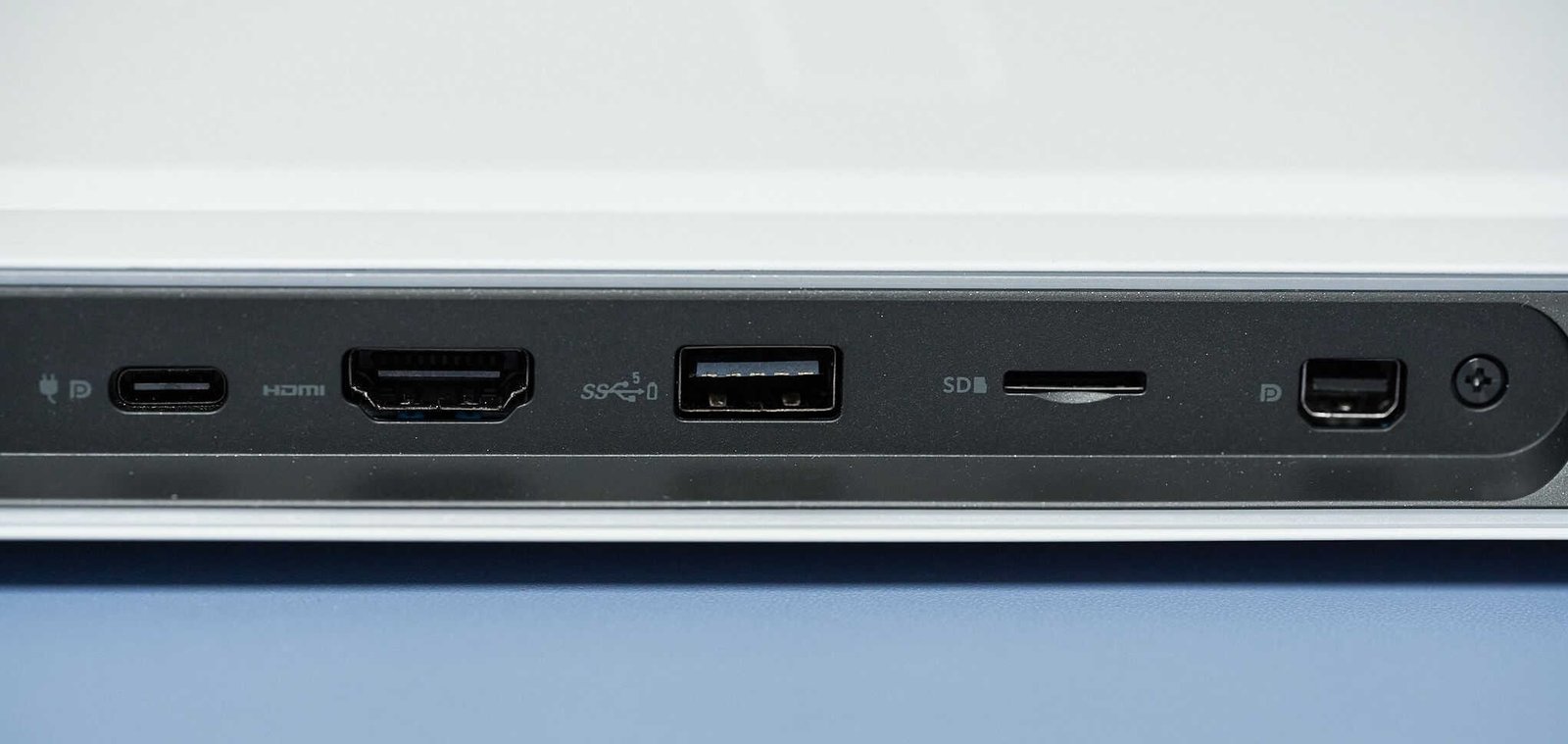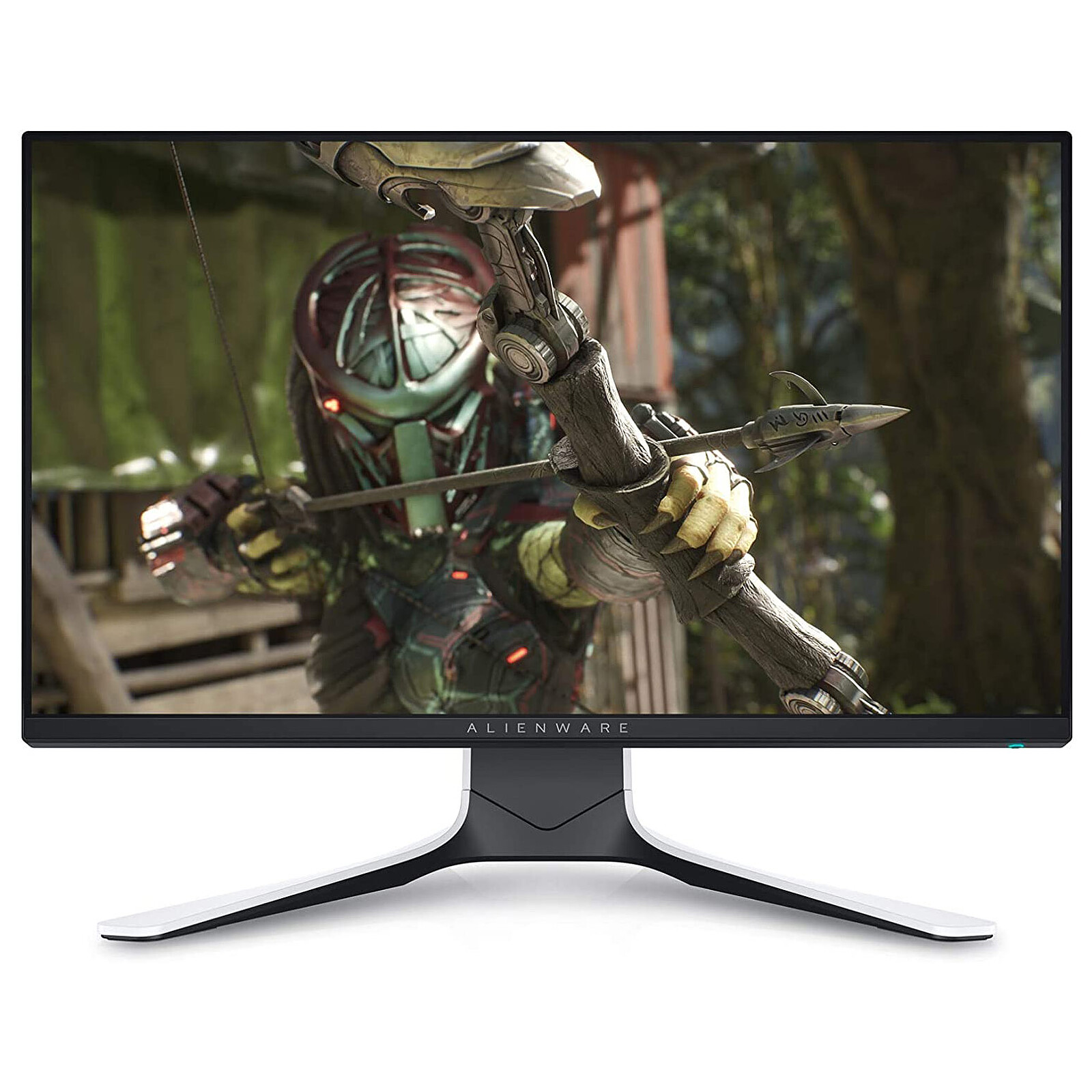

The result is not only an RTX 2080 unencumbered by Max-Q limitations, but also a laptop with the ability to accommodate a desktop-class processor with eight cores, 16 threads, and a maximum boost clock speed of 5GHz. The Area-51m, by contrast, has two air intakes, two exhaust outlets, a giant fan that can push air at velocities rivaling a desktop cooler, and an array of copper fins and pipes that distributes heat evenly throughout the chassis. So manufacturers have opted for modified "Max-Q" versions of Nvidia's graphics chips that limit their performance to accommodate the cramped, hot interiors of a thin laptop. The most powerful require elaborate cooling setups to ensure they don't overheat when you're playing. So why would you even consider a megalith like the Area-51m?īecause not all Core i9s and RTX 2080s are created equal. You can even find a Core i9 and an RTX 2080 in 15-inch models like the Gigabyte Aero 15, which measures 0.74 by 14 by 9.8 inches and tips the scales at 4.4 pounds. The 17-inch version of the Lenovo Legion Y740, for instance, is 1 by 16.2 by 12 inches (HWD) and just over 6 pounds. It's not hard to find a 17-inch laptop with a powerful CPU and a GeForce RTX 2080 GPU that's much slimmer and lighter than the Area-51m. This Editors' Choice gaming laptop is far from portable, and it's wildly expensive, but we can't think of a more remarkable feat of laptop engineering that results in this much computing power. The engineers at Alienware also managed to make the exterior distinctive, futuristic, and yet understated. Inside, our test model (s tarts at $2,106.99 $4,409.99 as tested) boasts two of the most powerful components you can find on any consumer PC: an overclockable Intel Core i9-9900K CPU (yes, the desktop version!) and an Nvidia GeForce RTX 2080 graphics chip.

With a 17-inch screen and a thickness of 1.2 inches, the new flagship of Dell's premium gaming division tips the scales at nearly 9 pounds.




 0 kommentar(er)
0 kommentar(er)
